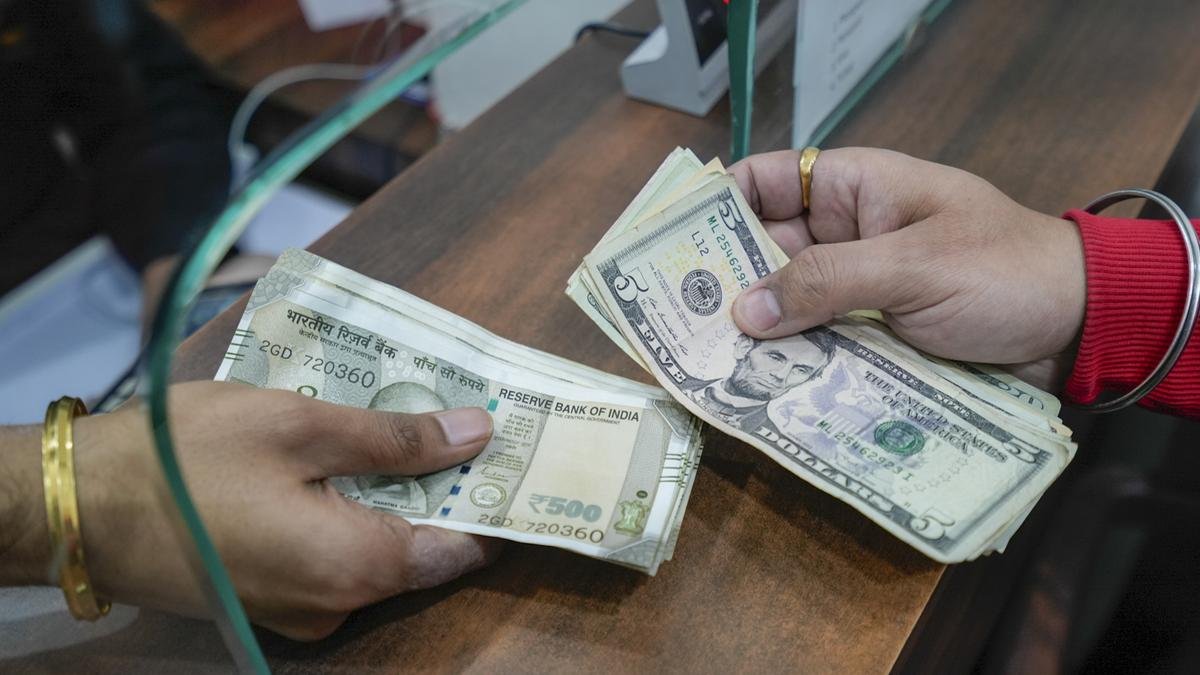What’s going on here?
The Indian rupee held steady against the rising US dollar, thanks to the Reserve Bank of India’s intervention, keeping the rate around 84.0775 INR – nearly unchanged from the previous session.
What does this mean?
The Reserve Bank of India’s efforts to stabilize the rupee are working, with the currency’s 7-day daily realized volatility dropping to a 30-year low of just 0.1%. This move comes as the US dollar index surged by 3.8% this month, climbing above 104.50, driven by strong US economic data and a 50-basis point rise in the 10-year Treasury yield. These dynamics, along with speculation about Donald Trump’s election prospects, are making Indian exporters wary. They’re hesitating to sell dollar forwards, hoping potential rupee depreciation will offer better rates ahead.
Why should I care?
For markets: Exchange rate tango.
The Indian rupee’s steadiness amid a stronger US dollar underscores the power of targeted fiscal policies to counteract external pressures. As the US dollar gains strength from robust economic data and political events, investors should watch emerging market dynamics closely. Exporters’ hesitation to sell dollar forwards highlights possible future volatility, presenting risks and opportunities in currency markets.
The bigger picture: A balancing act in global finance.
Global financial markets are in a delicate dance, where India’s currency stability shows the impact of monetary interventions amid global economic shifts. With strong US data affecting the dollar and Treasury yields, countries like India must adapt their strategies to preserve fiscal stability. These changes indicate larger trends in global trade and monetary policy, hinting at an evolving landscape in international financial relations.







